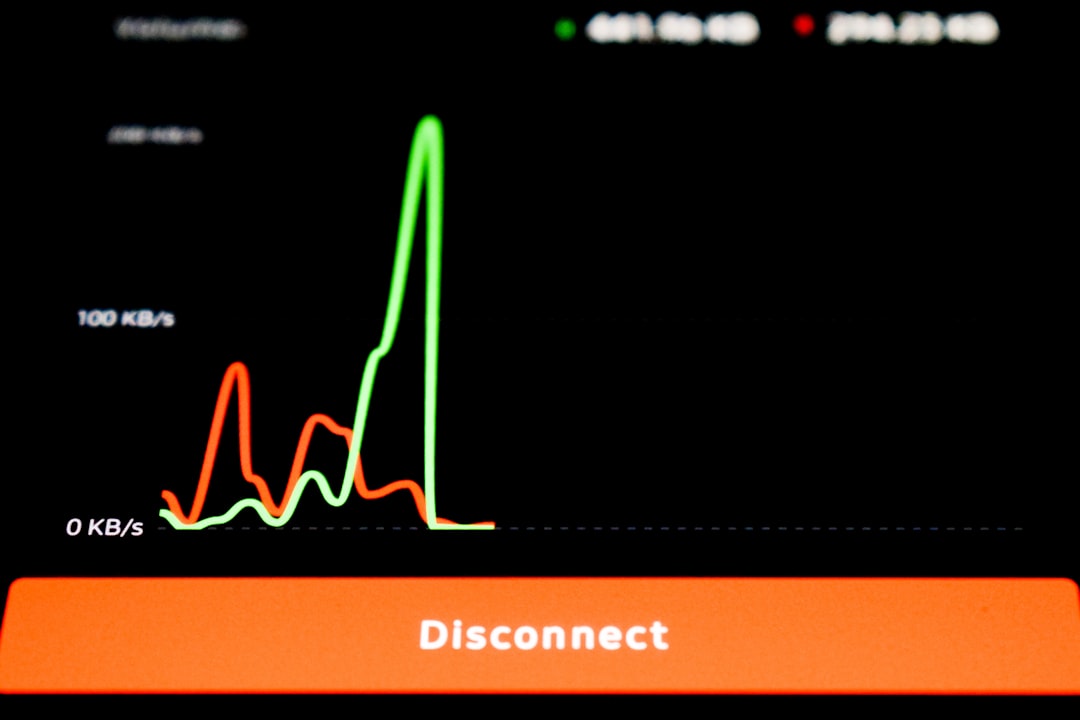Keeping your network up and running is super important. Whether you’re a small business, a home user, or just a curious techie, you need to know when your internet or servers go down. But good tools cost money, right? Not always! Turns out, you can monitor your network’s uptime without spending a dime, and it’s easier than you might think.
TL;DR: You don’t need fancy, expensive software to monitor your network. Many free tools can do the job just fine. You’ll learn how to use them in this guide. Stay connected and save money — win-win!
Why Monitor Network Uptime?
Imagine running a website and having it go down for hours—without you knowing. That could mean lost visitors, lost sales, or an angry email from your boss. Uptime monitoring lets you:
- Get alerts when something goes offline
- Track uptime history and find patterns
- Look like a tech genius when you fix things before anyone notices
Step 1: Try Free Online Services
There are some awesome websites that offer free uptime monitoring. You don’t even need to install anything.
Top picks:
- UptimeRobot – Monitor up to 50 sites every 5 minutes for free
- Freshping by Freshworks – Checks every minute, up to 50 URLs
- StatusCake – Offers uptime checks and page speed monitoring
These services will ping your site (or IP) and send you an email or SMS if it goes down. Setup is super easy, too. Just copy and paste the address you want to monitor, pick your notification settings, and that’s it.

Step 2: Use Ping Tools on Your Computer
What if you want to monitor stuff inside your home or office network? Free online services won’t help here. But your computer can.
Windows:
Open Command Prompt and run:
ping -t 8.8.8.8This pings Google’s DNS non-stop. If it fails, your internet might be down. You can also ping your router to check local connectivity.
Mac/Linux:
ping 8.8.8.8Same thing. To stop it, just hit Ctrl + C.
This method is simple but not super informative. You won’t get emails or pretty graphs. But it’s a start!
Step 3: Get Fancy With Free Software
Want graphs, logs, and alerts? Sure! There are free tools for that too.
Best options:
- Netdata – Real-time performance monitoring of servers, services, and devices
- Zabbix – More complex, enterprise-grade tool with free version
- Nagios Core – A classic in network monitoring; setup can be tricky but it’s powerful
Let’s break one down.
Meet Netdata
It looks awesome. It shows graphs and real-time data right in your browser. Best part? It’s 100% free.
To install on Ubuntu:
bash <(curl -Ss https://my-netdata.io/kickstart.sh)Once installed, Netdata lets you see CPU, RAM, disk usage, and uptime stats. You can also monitor your router or other devices using SNMP.

Step 4: Monitor from the Cloud (Using Raspberry Pi?)
If you want a more “set and forget” option, you could use a Raspberry Pi. These little computers are cheap and easy to set up. You can install uptime scripts or tools like Nagios or Prometheus and monitor your entire home network.
Example: Set up a Pi to ping your router, cable modem, TV, or printer. It can send alerts if something’s offline.
Advanced but Free: Combine with Scripts
If you’re not afraid of some light coding, use a script to check uptime. Here’s a simple bash script:
#!/bin/bash
target=8.8.8.8
if ping -c 1 $target > /dev/null
then
echo "Network is up"
else
echo "Network is down" | mail -s "Network Alert!" your@email.com
fiRun this in a cron job every few minutes. If it fails, you get an email. Boom. Free alert system.
Bonus Tips
- Use a Google Sheet to log uptime – Combine with scripts to record status every X minutes
- Use mobile apps – UptimeRobot has a mobile app so you can check on the go
- Check router logs – Some routers track when they go offline, handy info!
What Should You Monitor?
It’s not just about websites. Here are some smart ideas:
- Your router
- Your ISP’s DNS server
- A printer or NAS drive
- That one device that always causes trouble
Why This Matters (Even at Home!)
Sure, if you run a business website, uptime is critical. But even at home, downtime can be a pain. Ever had your internet go down right before a Zoom call? Monitoring helps avoid that.
You can even prove to your ISP that the problem’s on their end (they hate that).

Wrap-Up: You Got This!
You don’t need to spend big bucks to stay in the loop. Whether you pick a cloud service, a Raspberry Pi project, or a simple ping script, you’ve got options. Try out a few. Stick with what works. Your future self will thank you when that server crashes and you’re the first to know.
Happy monitoring!

